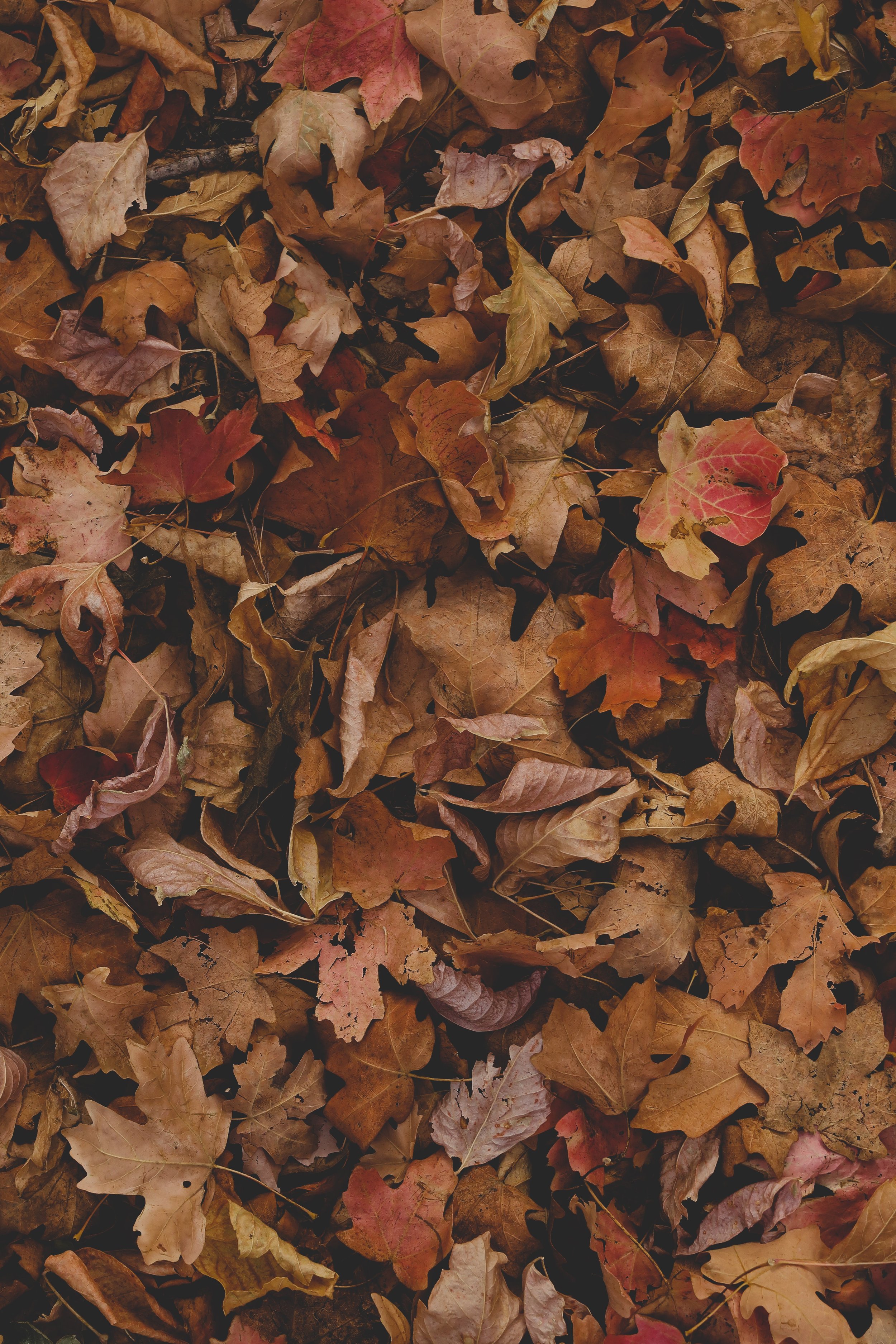Leave Your Leaves
One of the most valuable things you can do to support pollinators and other insects is to provide the shelter they need to survive the winter.
How do you leave the leaves?
There are a few options to fit every yard:
Pile: Rake leaves into a pile and let them sit over winter. Use as soil amendment or mulch once decomposed.
Compost: Start a compost by piling your leaves in a 3’ x 3’ pile and add grass clippings and kitchen waste (see our How-To Composting Guide).
Mulch: Rake leaves into garden beds and let them create a nice mulch, feed your plants, and retain moisture. You can use wood mulch over leaves lightly in spring (best done once temps reach 50 degrees and insects have emerged).
Why Leave the Leaves?
Leaves build and enrich our soils, adding important carbon (helpful to our clay heavy soils!).
Leaf mulch also suppresses weeds and retains moisture. Plants and shrubs appreciate the extra insulation through the winter, as well.
Hauling plastic bags of leaves to the dump, or letting your city remove them, creates massive landfill waste. Without oxygen, leaf decomposition creates the greenhouse gas methane. According to the EPA, leaves and yard debris account for more than 13 percent of our waste—33 million tons a year.
Who benefits from leaving the leaves?
A layer of leaves is vital insulation for the many animals that hide in leaf litter or in the soil beneath. Approximately 70 percent of all bee species nest in the ground, frequently in yards and garden beds.
Bumblebees use leaf cover as protection when they hibernate underground. Many native bees, like leafcutter and mason bees, nest and lay their eggs in the ground or in hollow plant stems. This creates a safe hiding place for young to emerge in spring.
North American Luna Moth (Actias luna)
Great spangled fritillary and woolly bear caterpillars bury into leaves for protection from the cold and predators.
Luna moths and swallowtail butterflies camouflage their cocoons and chrysalises as dried leaves.
Many insects and animals hibernate under leaf litter (either as adults, eggs, or pupae) such as: assassin bugs, lacewings, damsel bugs, snails, worms, spiders, millipedes, frogs, and more.


